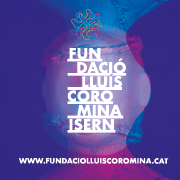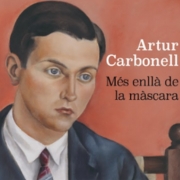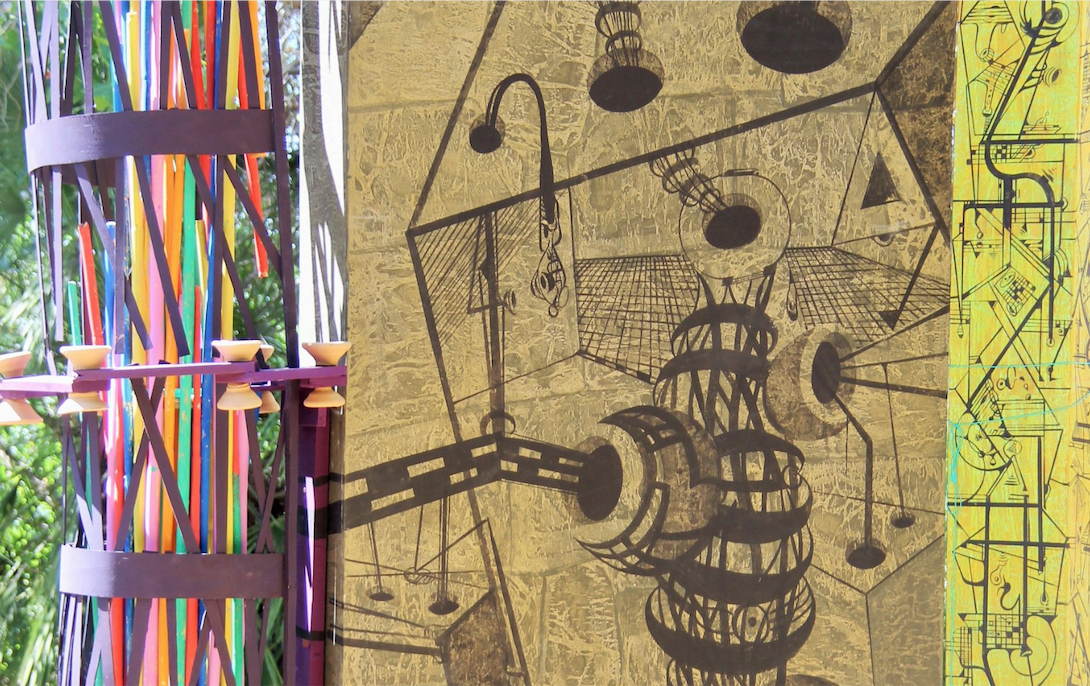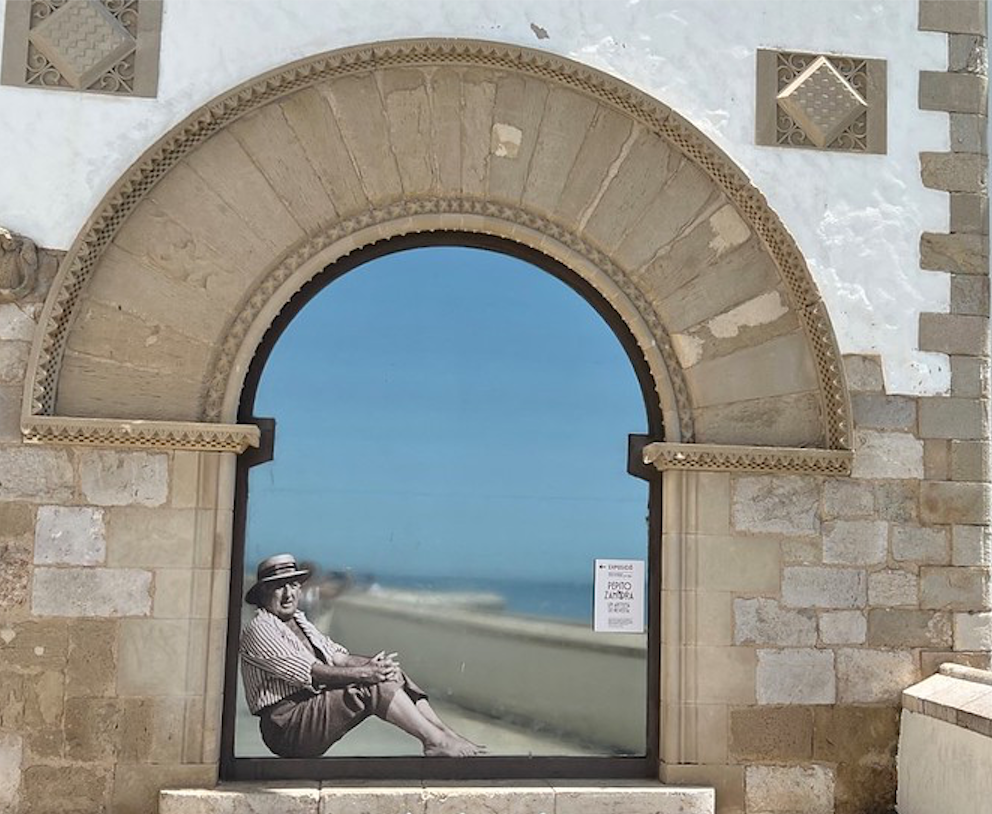reports
"Magnet of apparitions." Digressions on the work of Remedios Varo in Mexico
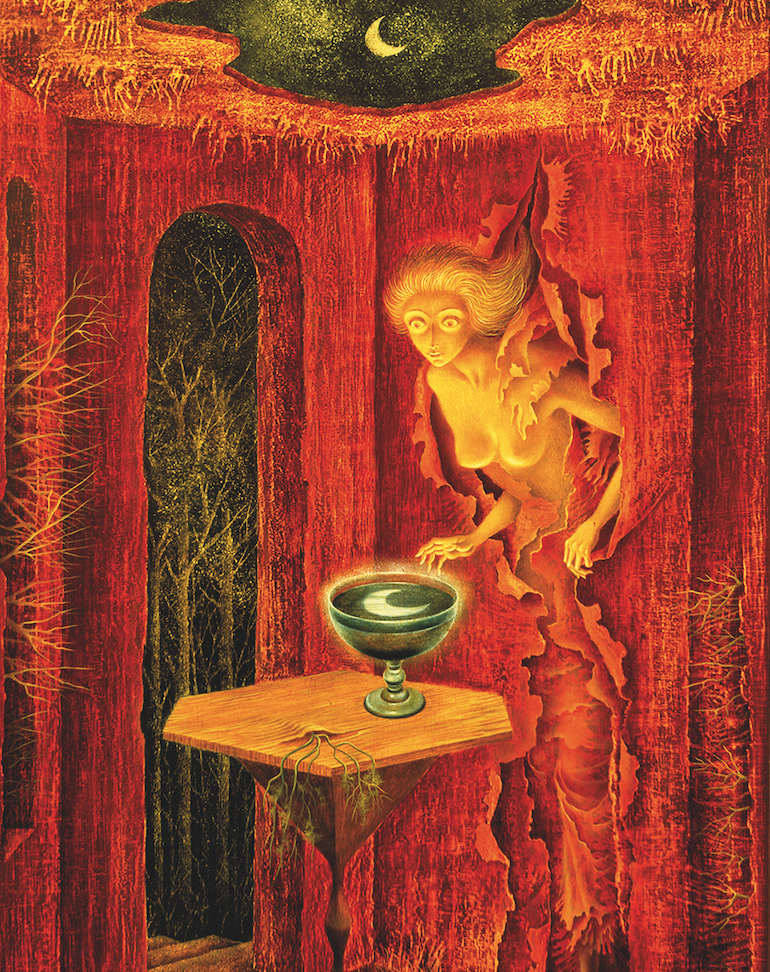
"We have dedicated ourselves to searching for facts and data that are still preserved in remote regions and that participate in the true practice of witchcraft. Personally, I do not believe that I am endowed with special powers, but rather an ability to quickly see cause and effect relationships, and this outside the ordinary limits of ordinary logic. Also, and after many years of experimentation, I have come to be able to conveniently arrange small solar systems.”
Remedios Varo, letter to Mr. Gardner.
The overflowing chalice of elixir collects, more than the reflection of the moon, the feminine essence contained in the universe, transmuted into legible, pristine and true light of life; transfigured White Goddess of milk in rivers, of germinal earth, of home that is timeless space, urged to give birth to the consciousness of the world as latent energy. Blood of life, unknown alchemical potion that boils when walking, that floats among the spirits, amnesiac witnesses, asleep in this and all spaces, which are not yet being, but cooked clay; mother broth of astral light, of absolute origin where life is being and a golden thread – more than just a thread of lightning – awaits the revelation of the harmony of the ephemeral.
The above are notes that emerged after contemplating, absorbed for a long time, the paintings Nacer de nuevo (1960) and La llamada (1961), works that Varo painted in his last years and where an important presence is perceived, not to mention overflowing, of the feminine. These are not self-referential apparitions, but allegories of feminine power, but, even more, of alchemy as total and consummate knowledge, which was so often won by woman, even in time immemorial, so that later it was forbidden and swept away by restrictive social constructs: union of science and magic, consciousness and unconsciousness, modern sanctity of reason and timeless knowledge of profaneness. Mystical presences where the light radiates from the woman, connected to the stars, open to immanent knowledge, full of an existence that exceeds the limits of the corporeal and material. It was then that I remembered Octavio Paz's phrase "magnet of appearances", which can be read in the text "Apparitions and disappearances of Remedios Varo", as part of the book Corriente alterna , from 1967 and which gives its name essay as a tribute to her: woman of opposites who reconcile in art. The poet deeply admired the woman whom André Breton called "the sorceress " and who condensed, in her literary and pictorial work, as much as in her free life, the spirit longed for by many of the intellectuals of her time: the awakening of the feminine through the awakening of the mind, the intersection of esotericism and science.
It is well known that the artist Remedios Varo Uranga (English, Girona, 1908) disembarked in the port of Veracruz to go to Mexico City in 1941, alongside Benjamin Péret, to settle in the neighborhood of San Rafael, where they would form a circle of thought, exchange and affection with many intellectuals and artists, many of them refugees from different parts of Europe, who had fled the war and fascism. Gunther Gerszo would capture the magical and surreal essence of those times in the work Els dies del carrer Gabino Barreda , from 1944. Soon, Remedios Varo would intertwine his life and, above all, his aesthetic and magical thinking with that of women of the group: Leonora Carrington, Kati Horna and, a little later, Eva Sulzer. Free women, overflowing imaginations, avid readers, interested researchers of scientific matters and germinal seeds of a feminism based on the idea of knowledge as a source of female power. Established in a land of pre-Hispanic cultures with a great power of plastic abstraction but, above all, an immanent connection with the earth, they all incorporated magic into their conceptions of the world, as much as into their artistic work and, in the specific case of Remedios Varo, his extensive collection of pre-Columbian pieces, many of female deities of an animistic nature, is well known. Ancient mythologies, esotericism, ancestral magic, the texts of Huxley and Von Hardenberg, Ouspensky and Gurdjieff, merged in the kitchen in the heat of the bain-marie: a conglomeration of knowledge that underpinned a modification of their everyday life. Varo, Carrington, Horna and Sulzer would therefore become black boxes that jealously guarded the deepest knowledge of a humanity that was concatenated in magic, arcane and alchemy, whose mysteries were poured out in his artistic production.
The hermeticism of Remedios Varo took the form of astral reflections on pictorial surfaces where seemingly antonymous principles converge, but of possible convergence only in the work of a woman with this humor, knowledge and fantasy: principle of reality and principle of subjectivity of being; formal transparency and poetic mystery of meaning; modern scientism and atavistic spiritual occultation; chance surrealist aim and controlled technical neatness; reflection and creative exercise of a private order, and the possibility of collective appearance in exquisite corpses, tarot readings and rather public reflection circles. An artist who appropriated surrealism (as an aesthetic system of compression, apprehension and recreation of the world) as much as Spanish culture, the European influence of her time and the presence of the Mexican, to immerse herself in a process transubstantial painting in which, rather than painting as an act of confection towards the outside and from corporeality, she undertook a task of high caliber introspection: Remedios Varo painted herself, being her, being an idea , being dream, being soul, being surrealism itself.
Mexico was, for Remedios Varo and the other creative women with whom she formed an intellectual brotherhood, the launching pad for a nascent work of fantastic latency and ontological interiority - not so epistemological, by surrealist conviction - which, although possible only in its times and context, it materialized with a timeless hermeneutic. The Mexican years were, therefore, a concurrence of strangeness and surprise, of living history and traditional beliefs, all of which passed through the sieve of his imagination, to be baked into the purest state of function symbolic: magical canvases of inevitable attraction. These fantastic and absolutely subjective surfaces in which creative strategies such as narrative referentiality, literary play, chance, occultism and deeper reflection on the surrounding world flowed, were joined to plastic and technical experimentations that gave rise to to a body of work made up of canvases, objects and textualities of the most diverse nature, but with the common feature of surprise that leads to interpretative seduction.
The work of Remedios Varo still protects, without end of ideas, exegesis and plural readings, since he got rid of all ligatures, even of the one that could suppose affiliation to a movement of a specific weight as resounding as surrealism Varo chose to give up the historicity that any work of art has as a relational option, to gain timelessness and ubiquity. Her painting is oneirism, scientific discovery, literary fantasy, plastic experimentation, technical virtuosity, liberated and liberating feminine force. Being that floats incandescent from the surprised look. Attraction that appears in front of sensitive experience, perhaps phenomenological, and demands something more than interpretive understanding: the freedom of thought that she herself longed for as a rubric of creation.



